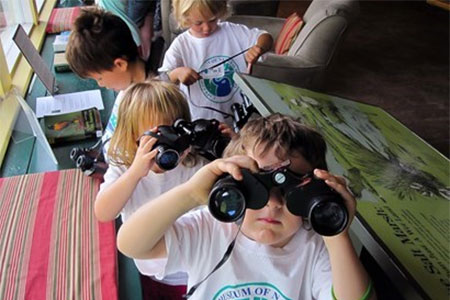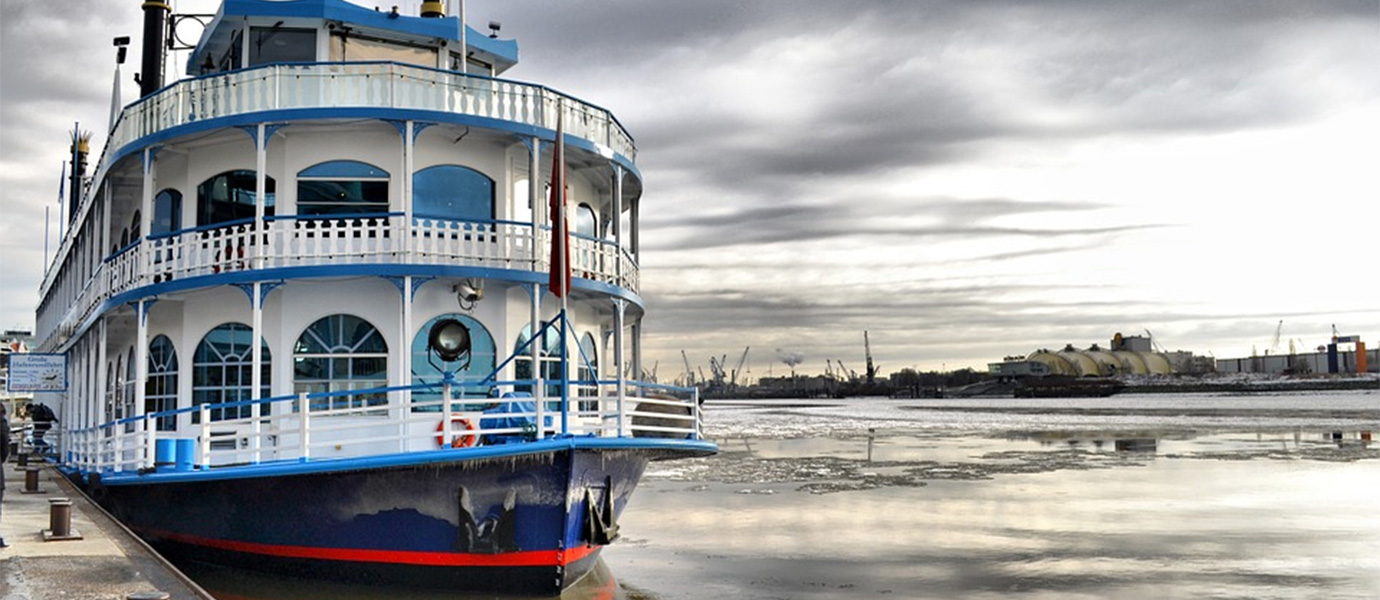
Cape Cod Museum of Natural History
Student groups of all ages are in for an amazing day at the Cape Cod Museum of Natural History! Each trip begins with a naturalist-led walk through the Salt March, to the island and then onto the Tidal Flats. Groups will revisit the natural marvels inside the museum where interpreters will be available to explain exhibits and answer questions. Downstairs, explore the Tide Pool, Turtle Bay, Wild Art room and more along with jellies, lobsters, and other creatures. A Scavenger Hunt or more difficult Habitat Hunt may also being added to the experience.
supports classroom learning in:
Environmental Studies
topics covered:
Animals, Biology, Conservation, Ecology, Hiking, Marine Life, Native Americans, Natural History, Wetlands.
contact info
Name: Barbara Knoss
Phone: 508-896-3867 ext. 119
Email: [email protected]
INFO
ABOUT
Cape Cod Museum of Natural History
The mission of the Cape Cod Museum of Natural History is to inspire appreciation, understanding and stewardship of our natural environment through discovery and learning. As stewards of 400+ acres, the Museum monitors and protects the land, as well as focuses programming around it to raise awareness of conservation efforts. Offerings include exhibits as well, including whales and birds, and live marine science exhibits, trails and a wildflower garden.
contact info
Hrs: Varies.
HELPFUL LESSON PLAN(S)
Prepared by FieldTripDirectory.com
Boat Excursion Lesson Plan
FUN FACTS
Did you know a boat can be built out of concrete and it will still float? As long as the boat is lighter than the water it displaces, it will stay above water. And what makes a boat move through the water? Throughout history, boats have been powered by wind, propellers, oars, motors, paddles, and ocean and river currents. Sailboats, which have been around for 5,000 years, can reach speeds of over 47 knots (about 54 mph) from wind power alone!
View Lesson Plan>>
